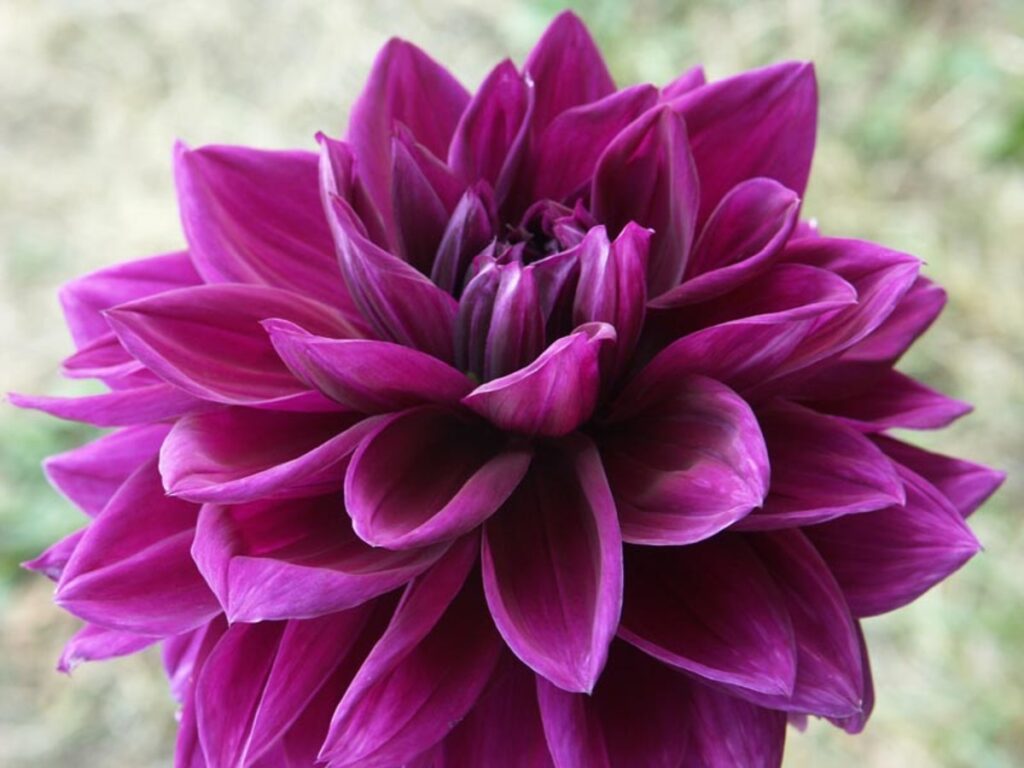
The world of flowers is a captivating realm filled with an array of colors, shapes, and fragrances. Among the vast variety of floral species, there exists a fascinating subset that begins with the letter J. In this article, we delve into the intriguing world of flowers that start with the letter J, exploring their unique characteristics, cultural significance, and cultivation tips.
Jasmine
Jasmine, with its delicate white blooms and intoxicating fragrance, holds a special place in the hearts of many gardeners and flower enthusiasts.
- Description and Characteristics
Jasmine belongs to the genus Jasminum, encompassing over 200 species of flowering plants in the olive family, Oleaceae. These woody vines or shrubs are renowned for their small, star-shaped flowers that emit a sweet, lingering scent, particularly in the evening. Varieties such as Jasminum officinale and Jasminum sambac are popular choices in gardens and landscapes, prized for their beauty and fragrance.
The symbolism of jasmine varies across cultures, often representing purity, love, and sensuality. In many traditions, jasmine flowers are used in religious ceremonies, weddings, and festivals, symbolizing devotion and auspicious beginnings.
To cultivate jasmine successfully, provide well-drained soil and ample sunlight, preferably in a sheltered location. Regular pruning helps maintain a compact growth habit and encourages abundant flowering.
Jupiter’s Beard
Jupiter’s Beard, also known as Red Valerian or Centranthus ruber, is a charming perennial plant known for its clusters of small, tubular flowers.
- Botanical Overview
Centranthus ruber is a member of the Caprifoliaceae family, native to southern Europe and the Mediterranean region. This herbaceous perennial thrives in sunny, well-drained locations and is often found growing wild in rocky slopes and coastal cliffs.
The flowers of Jupiter’s Beard are typically pink, red, or white, arranged in dense, rounded clusters atop tall stems. Its drought tolerance and ability to attract pollinators make it a popular choice for xeriscaping and wildlife gardens.
In cultivation, Jupiter’s Beard prefers full sun and moderately fertile soil with good drainage. It can be grown from seed or propagated through division, and its long-lasting blooms make it a valuable addition to perennial borders and cottage gardens.
Jacob’s Ladder
Jacob’s Ladder, scientifically known as Polemonium caeruleum, is a graceful perennial valued for its delicate foliage and clusters of colorful flowers.
- Plant Profile
Polemonium caeruleum belongs to the Polemoniaceae family and is native to Europe and western Asia. Its common name, Jacob’s Ladder, refers to the ladder-like arrangement of its compound leaves along the stem. This herbaceous perennial is prized for its airy panicles of bell-shaped flowers, which come in shades of blue, purple, pink, or white.
Jacob’s Ladder has a rich historical background, with references dating back to medieval times. It was once believed to possess medicinal properties and was used in traditional herbal remedies for various ailments.
To cultivate Jacob’s Ladder, provide moist, well-drained soil in partial shade to full sun. Propagation is typically done through division or seed sowing, and regular deadheading helps prolong the flowering season.
Johnny Jump Up
Johnny Jump Up, also known as Heart’s Ease or Viola tricolor, is a cheerful wildflower with charming, multicolored blooms.
- Overview of the Flower
Viola tricolor is a member of the Violaceae family and is native to Europe and western Asia. It is commonly found in meadows, woodlands, and disturbed habitats, where it forms dense patches of colorful blooms. The flowers of Johnny Jump Up are small but vibrant, with a distinctive tri-color pattern of purple, yellow, and white.
Despite its diminutive size, Johnny Jump Up packs a punch in terms of cultural significance and folklore. It has been associated with love, remembrance, and happy memories throughout history, often appearing in poetry, literature, and art.
Cultivating Johnny Jump Up is relatively straightforward, requiring well-drained soil and partial to full sunlight. Regular deadheading encourages continuous blooming, and the plant readily self-seeds, naturalizing in garden borders and rockeries.
Conclusion
The world of flowers is a vast and diverse tapestry, rich with beauty, symbolism, and cultural significance. Flowers that start with the letter J offer a glimpse into this intricate ecosystem, showcasing the remarkable variety and resilience of floral life. From the fragrant blooms of jasmine to the charming wildflowers like Johnny Jump Up, each species brings its own unique charm and character to the garden. By exploring and cultivating these captivating blooms, we can deepen our connection to nature and enrich our lives with their beauty and symbolism.
